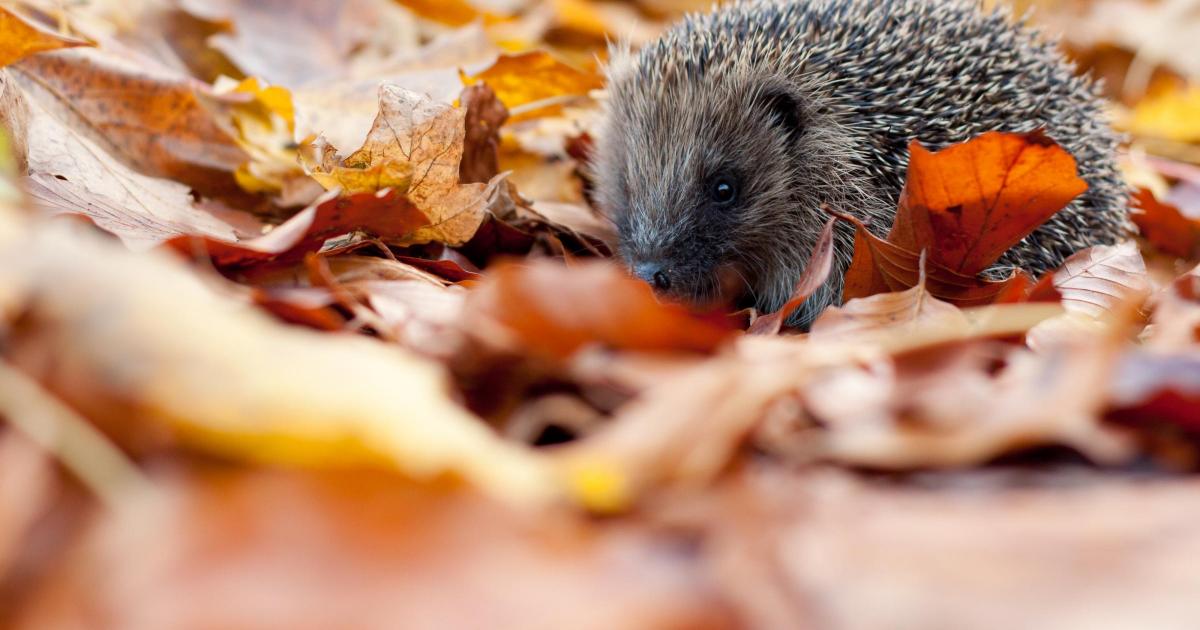You spotted snakes with double tongue,
Thorny hedgehogs, be not seen,
Newts and blindworms, do no wrong,
Come not near our Fairy Queen.
Titania is heading into a very hard night. She is, after all, on the point of being drugged by her estranged husband, leading to an infatuation with a donkey. However – and far be it from me to question the bard – I struggle with Shakespeare’s naked anti-wildlife propaganda.
Granted, in his day, spotted snakes AKA adders – the UK’s only genuinely venomous terrestrial vertebrates – would have been widespread and abundant, across vast tracts of common land and field edges. Today they cling on as isolated populations on fragments of remnant habitat. The likelihood of an unfortunate encounter with a spotted snake, while still infinitesimally small, was hugely greater in the 1500s and 1600s.
An adder. (Image: Danny Green)
But were you a sleeping fairy, you would simply never have fallen foul of an adder. Adders strike humans (and fairies) exceptionally rarely and only in self-defence. In a lifetime of watching wildlife, I have known only two people bitten by adders. The first was a schoolfriend who stupidly picked up an infant adder while on a cross country run. Under the circumstances, the terrified viper can hardly be blamed for biting him. The second incident was likewise self-preservation. An ecologist friend, undertaking a reptile survey, mistakenly placed his hand a mere inch from a resting adder as he turned a tin sheet (placed as a basking spot for reptiles and amphibians). Finding itself so close to a gigantic predator, the startled adder deployed some precious venom to save its gorgeously patterned skin. My friend spent a night in hospital, with one hand worthy of Shrek, but suffered no long-term consequences. Adders want nothing more than to be left alone.
As for newts and blindworms, Shakespeare is – as I believe he himself once said – bang out of order. Newts are beautiful, peaceable creatures of ponds and pools. Shakespeare could learn a thing or two from P G Wodehouse’s Gussie Fink-Nottle who, though mocked by Bertie Wooster for his passion, displays a charming devotion to newts and their habits. Newts mean no harm, neither to humans nor to fairies.
Great crested newt(Image: Kevin Caster)
Shakespeare’s blindworms are what we would now term slow worms. They are not blind, nor indeed worms, nor are they remotely interested in harming Fairy Queens. Were a slow worm to cross paths with a slumbering fairy, it would most likely be hunting for slugs, worms or other invertebrates, and would pass her by without so much as a flicker of its adorable blackish tongue.
I have recently had the privilege of contributing to planning for the forthcoming GCSE in natural history and let me tell you – from this position of lofty authority – that A Midsummer Night’s Dream might do very well as English Literature coursework; but natural history, Shakespeare would likely fail.
And here’s the rub – thank you Shakespeare for that bon mot – the playwright’s greatest offence must surely be his casual hedgehog-bashing. Listen up, Shakey, you pick a fight with the prickly people and you pick a fight with me.
Hedgehogs, I ask you: those loveliest and most helpful of neighbours. What have hedgehogs done to you, Will? I very much doubt they ever attacked, cursed or even startled your fairies. This said, I was once bitten on the ankle by a long-eared hedgehog in a ger tent in the Mongolian Gobi-Altai. The poor animal had been detained by local people the night before, had taken refuge in the skirts of the tent, and had just been enraged by a remarkably loud folk singer. But I digress.
Were Shakespeare alive today, I like to think that he would twig how wrong he once was about hedgehogs, adders and newts. Being a sagacious sort, he would probably be a member of London Wildlife Trust; perhaps, honouring his Stratford roots, a member of Warwickshire Wildlife Trust too. Certainly he’d be a passionate advocate for hedgehogs.
For they – and spotted snakes and blindworms – have declined catastrophically since Shakespeare’s day and are still in steep decline today. While these species lead very different lives, it is – irrefutably – our human stranglehold on nature that has driven all of them from so many erstwhile haunts and so reduced their populations.
What these species need is simple. They need habitat: plenty of good habitat, which is undisturbed by humans, and by our dogs, cats, pheasants and other familiars. And untainted by the innumerable toxins with which we lace both land and water. This habitat must offer plenty of natural food, sites for raising young, and – in the case of hedgehogs, slow worms and adders – somewhere safe to hibernate each winter. Crucially, these animals also need their habitats to be connected through living corridors across the landscape, for them to mingle genes, disperse, migrate and adapt to climate change.
Shakespeare made reference to adders, slow worms, newts and hedgehogs because these animals were relevant to his audience, known to them, loved by them, even in central London. Wonderful though they are, these are not mere interesting creatures. They are co-citizens of these islands, as native here as we are. They and their habitats should be known to everyone today, just as they were in Shakespeare’s life. It is our job – at Norfolk Wildlife Trust, but just as much the job of everyone in society – to re-imagine and recreate a landscape full of healthy habitat, in which all wild species can thrive again, can spread and multiply.
All wild species including humans. And fairies, I suppose.

